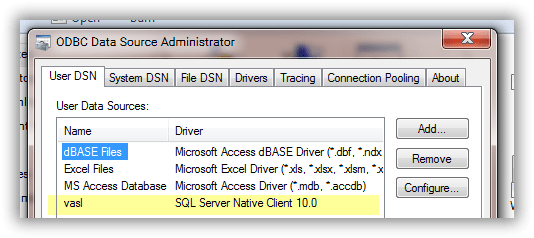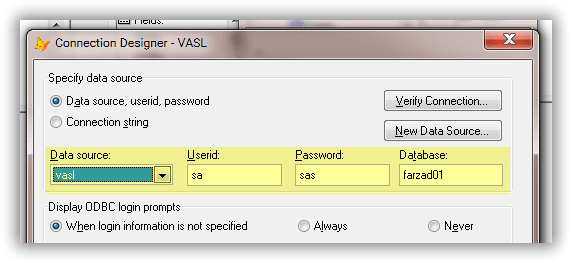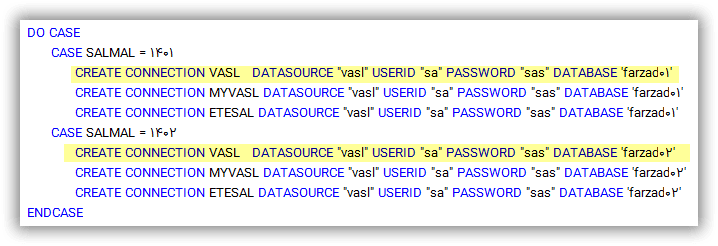Hi to every one . In local database when i need to change database juse with this command do that.( set path to 2022 or set path to 2023 ) and then use mydbf. but now how to do that in sql. because i have a database name mydata. in new year how can make a new database 2024 that user can change to 2023 or 2024 and see his data ?
i make a connection in odbc to connect to my sql server . did i change that or that is enough ?
in my local database i made a some remote view to retrieve data from mydbf.dbf in farzad database. this is a 2023 data. how can i do that for 2024. did i need to make a new database or just new mydbf2024.dbf. so i need to make a new remote view for any years separate ?
thank you to all
farzad
i make a connection in odbc to connect to my sql server . did i change that or that is enough ?
in my local database i made a some remote view to retrieve data from mydbf.dbf in farzad database. this is a 2023 data. how can i do that for 2024. did i need to make a new database or just new mydbf2024.dbf. so i need to make a new remote view for any years separate ?
thank you to all
farzad




